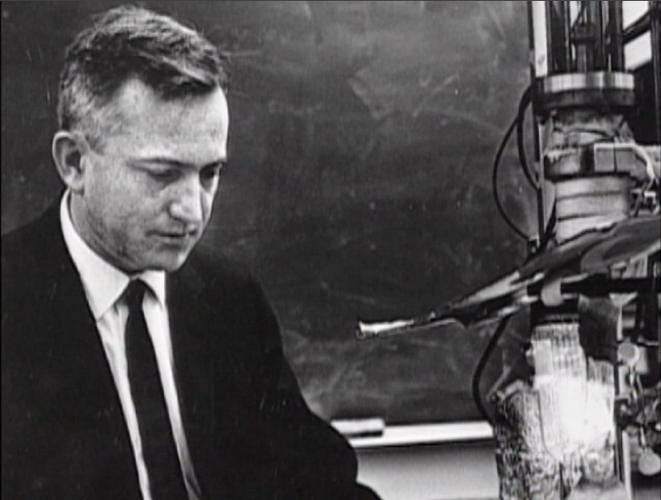Although the birth of our solar system is uncertain, scientists have been able to determine the ages of planets and asteroids, as well as illustrate the importance of a solar system’s organization. Geophysicist George Wetherill’s work on the formation of planets and the solar system especially lends insight to the age of our own planet and its interactions with neighboring planets.
In the 1950s, Wetherill was a part of a team that evolved techniques allowing us to find the ages of ordinary igneous and metamorphic rocks. He applied these techniques to display all the major classes of the most common type of meteorite are the same age as Earth: 4.5 billion years old.
Aside from discovering the ages of meteorites, Wetherill was also able to illustrate how Jupiter’s placement in the solar system protected the earth. He demonstrated that because Jupiter’s gravitational field is so large, the planet acted as a shield, deflecting most orbiting asteroids and comets away from the earth. Wetherill also theorized that our inner solar system came about through the clumping of many small planet-like bodies that later broke apart into terrestrial planet; his calculations pertaining to the theory are supported by present-day observations.
By Kristen Brida









